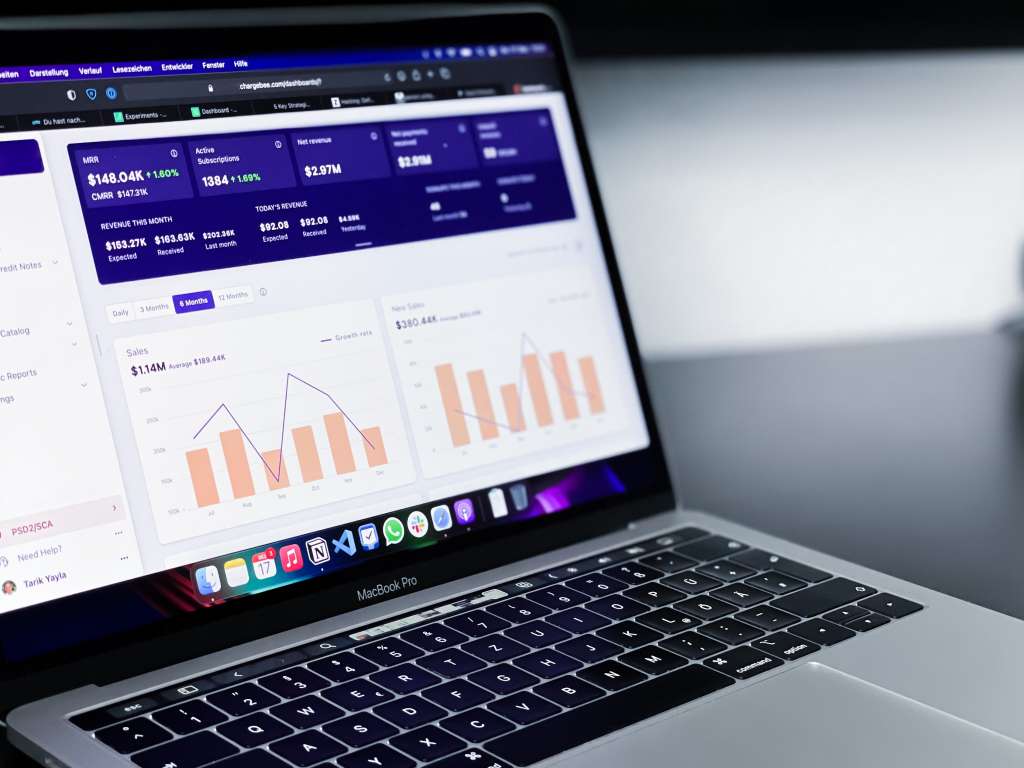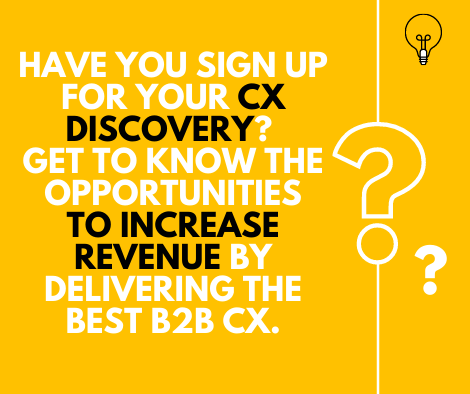The allure of a 4-hour work week is a concept that resonates with many small business owners (We all have read the book from...
While technology itself cannot solve all the problems in the sales world, with the right tool and adoption you can get pretty close to it. In this article I want to highlight eight technology solutions manufacturing firms can use to help their sales teams to sell more and deliver great CX. In the last 10 years I have implemented these solutions and have first hand experienced how they help manufacturing firms (especially in beverage manufacturing) to improve their sales performance and deliver great customer experience. When it comes to digital transformation in sales, these solutions are used to solve some key business challenges faced by manufacturing firms in todays competitive market.
Customer Relationship Management (CRM)
CRM is undoubtedly the core sales application within any business, and I call it the salesman’s best friend. If you have yet to hear of the term CRM, it stands for Customer Relationship Management. It is a software solution for businesses to manage interactions with customers, clients, and sales prospects. It helps organizations to analyze customer behavior and data throughout the customer journey, from initial contact to the end of the customer relationship. A CRM system aims to improve customer satisfaction, loyalty, sales, and profitability.

Reporting Dashboards
Organizations without good reporting dashboards for sales teams always remind me of that saying blind leading the blind. Reporting dashboards provide sales team visibility into key metrics such as sales performance, pipeline status, customer engagement, and a comprehensive view of sales activities. They also improve the sales team and the leadership’s ability when it comes to decision-making. By quickly identifying trends and patterns in the data, the teams can make informed decisions to get the best results. Reporting dashboards can also increase accountability among sales teams as they can track their individual and team performance, which allows their peers and managers to hold them accountable for their results.
Sales Enablement Systems
Sales enablement software is a technology solution that helps sales teams improve their performance by providing them with the tools, content, and training they need to sell more effectively. The software aims to streamline and automate sales processes, enhance sales team productivity, and improve the customer experience. Key features of sales enablement software include content management, sales training, sales intelligence, and sales communication tools. Sales enablement software aims to provide sales teams with the resources they need to engage with prospects and customers, close more deals, and drive revenue growth for the business. Working with tools such as Showpad and Field Care showed me how these tools can help field sales teams provide extra support to get the job done.
Team Collaboration Tools
While the importance of these technologies is regularly overlooked, collaboration tools provide substantial benefits to sales teams, especially field sales teams, with communication and overall management of the teams. Apart from collaboration, these tools can also help the teams in the field effectively communicate with their peers and share potential opportunities or leads. Also, with most collaboration tools allowing integrations to other business solutions, with correct implementation architecture, it can substantially improve the productivity of your sales team. For example, a tool such as Microsoft Teams can be used not only as a collaboration and a communication tool it can be used to automate operational processes, sales enablement platforms, document repositories, etc.
Configure Price Quote (CPQ)
CPQ software is a solution that automates creating of quotes and proposals for customers. It integrates with a company’s existing systems, such as CRM and ERP, to generate real-time accurate and customized quotes and proposals. The first time I came across their existence while I was at TWE, where we noticed that our sales teams spent days creating proposals and going through approvals, etc.

Even though I did not get to implement it there, I already knew the value when we implemented SAP CPQ as part of digital transformation at Asaleo care (Essity). CPQ is essential because it allows speedy quote generation, efficient approvals, better data management, and increased efficiency. During the project, the CPQ was integrated to the online ordering portal to provide agreed pricing to B2B customers, which removed the need to maintain multiple admin-heavy separate price lists.
Customer Portals
A customer portal is a secure, web-based platform that provides customers with self-service access to information and resources related to their relationship with a company. Customer portals typically offer features such as account management, order tracking, support request management, and access to company knowledge and resources. A customer portal aims to improve the customer experience by providing them with a convenient and efficient way to interact with a company and manage their relationship. This can help increase customer satisfaction, loyalty, and overall customer engagement. However, giving sales team access to the customer portal can help them to add more value to the customer by assisting them with their inquiries, orders and other needs.
Digital Asset Management (DAM)
A digital asset management (DAM) system is a software solution that organizes, stores, retrieves, and distributes digital assets, such as images, brochures, videos, audio files, documents, and other digital content. DAM systems allow organizations to manage their digital assets more efficiently by providing a centralized repository for storing and managing their digital files. With the correct implementation approach, you can share assets directly with internal teams, customers, and partners, removing the need to email and share assets manually. While DAM is considered a marketing tool, having access to a DAM, the sales team can instantly find and share digital assets with their clients and prospects. If you’re a manufacturer with a large product catalog, this can open up opportunities to deliver great experiences to your customers and partners.
Product Information Management (PIM)
A Product Information Management (PIM) system is a software solution that allows organizations to centralize, manage, and distribute product information across various sales channels and marketing platforms. PIM systems are designed to streamline and automate the product information management process, reducing the likelihood of errors and improving the quality of the information provided to customers. Another important feature is their ability to distribute product information across e-commerce channels. With built-in syndication capabilities with stores such as Amazon, eBay, Walmart, etc., they can help manufacturers deliver consistent rich product experiences to their customers across multiple channels. Through the PIM, the sales team will have access to accurate information about products all the time without having to source it through internal stakeholders.

About Author
Dasun Premadasa is the Founder and CEO of DASCX, the premiere B2B CX consulting firm for manufacturers in Australia. With over two decades of experience including four large CX and digital transformation programs at 4 different manufacturing and automotive firms in Australia, he's one of the best business technology experts for B2B customer experience.

Previous Story
4 Reasons CRMs are Important
Related Posts
The strata management world today is a highly competitive one, where the pace is relentless and the tasks never-ending, Australian single strata managers, those...
In the quest for efficiency and productivity, the concept of a 4-hour work week has become the holy grail for many professionals (Thanks to...



